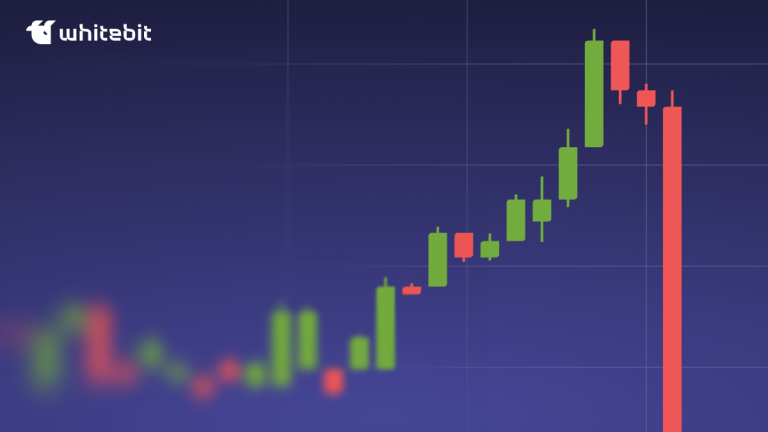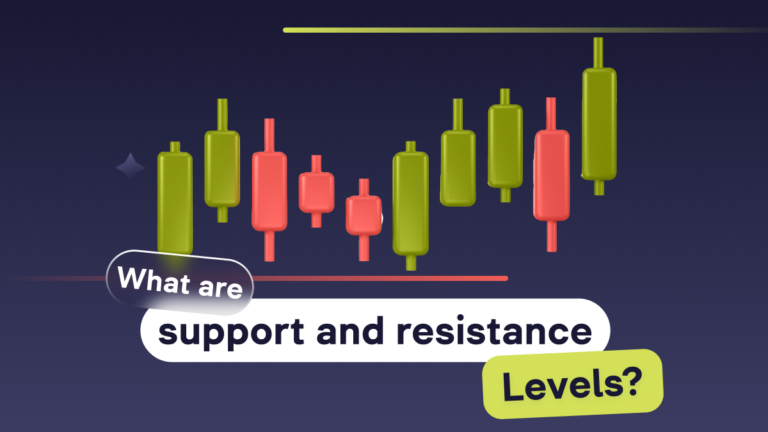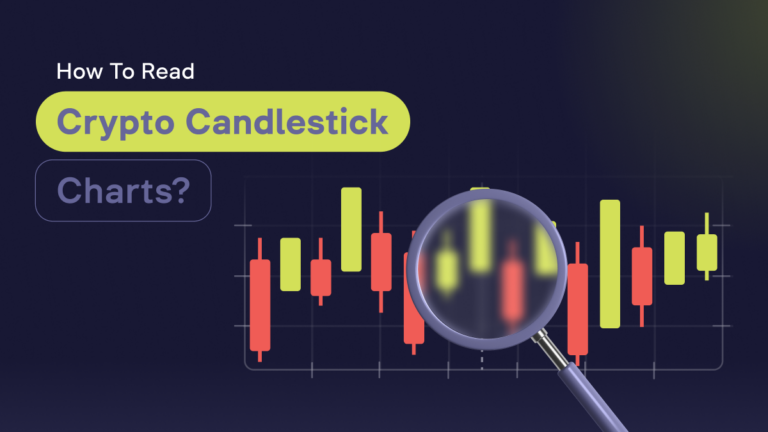API: A Complex but Important Tool in Simple Words

The term API is widely used by software developers and those who has something to do with the “stuffing” of various platforms, and cryptocurrency exchanges are no exception. Let’s find out what API is, how this tool helps to connect different services, and how it is used in a blockchain environment.
What is an API?
The API abbreviation means Application Programming Interface. The technological world is at a stage where platforms need each other’s services to operate as efficiently as possible. API satisfies this need. In short, API is a set of ready-made functions of a particular platform that can be used by other platforms to gain and use the data from it or to cooperate with it.
Using popular applications such as Google Maps, we use an API that transmits data from satellites to the application. Without API, it would be impossible to use platforms that show the exchange rate of securities, currencies, and other commodities. Otherwise, investors would have to call the trading platform separately and get the necessary information from brokers.
API is created by developers and for developers, so that the platforms can interact with each other and bring as much benefit to their users as possible.
API and cryptocurrency
Crypto APIs provide important data on the current state of cryptocurrencies from professional platforms such as crypto exchanges. Let’s look at the list of information that can be obtained through a convenient API:
- current cryptocurrency rate;
- data on the trading volumes;
- opening, closing, minimum and maximum prices;
- the place of the asset in the cryptocurrency rating;
- news from the world of cryptocurrencies and more.
Platforms that need such data can integrate it using the API of the selected cryptocurrency exchange. In addition, the tool allows professional traders to optimize trading manually or with special bots. Thus, API can help traders to make deals on the exchange, set the time of the transaction, manage the entry and the exit prices, and more. You can also use API to analyze the probability of making a profit by combining information about the value of the asset and trading history.
API and trading bots
Trading bots that use API are also used in trading. Let’s look at the examples.
- Bots for arbitrage trading. Such bots analyze the value of cryptocurrencies on different trading platforms and help to catch the possibility of making a profit from the difference in prices on exchanges.
- Trading bots that analyze the price movements. They use an API of crypto exchanges to forecast asset prices. Such bots study the impulses of a cryptocurrency development, analyze the possibility of profit, and place a relevant order.
- The bots that determine the average price of cryptocurrency over a period of time. When the value of an asset differs from this indicator, the bot monitors its development and places an order when the price is about to reach its average position.
Is using API safe?
API is a tool that aims to optimize the users’ experience and keep their attention on the product. Convenient API opens up many opportunities for traders to obtain up-to-date information in a convenient and secure way.
The use of API is essentially the use of publicly available data, so the probability of conducting a fraud is very small. User security may be compromised if an attacker gains access to your wallet. As for trading bots, they may not take into account the indicators that are important for your trading strategy.
Wrapping up
API is a tool needed for the effective functioning of any modern platform. It enables the users to learn the necessary information without turning to direct sources. It is especially effective and applicable in cryptocurrency trading. Thus, a convenient API is the key to an optimal, efficient, and successful user experience.










